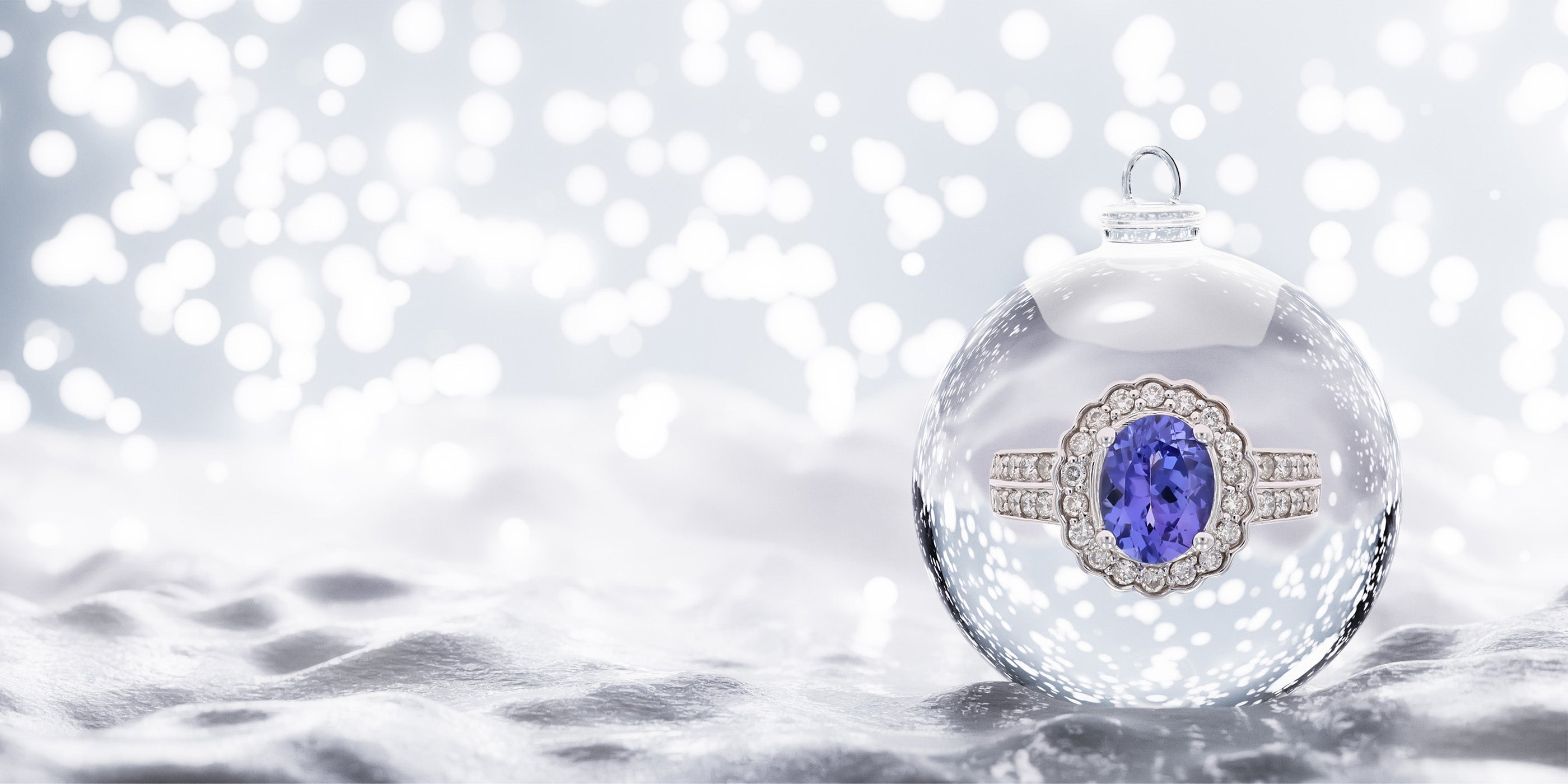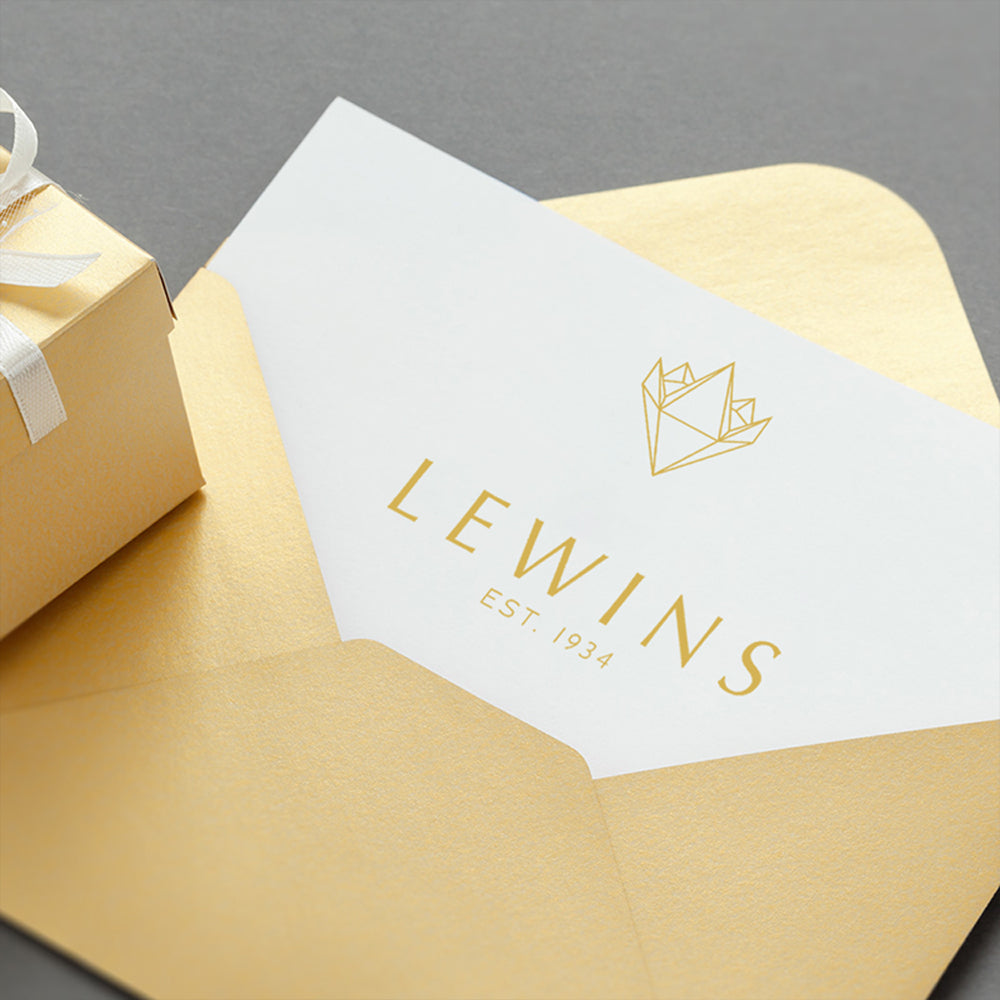Ring Resizing Service - How To Request Your Size:
If the current ring size listed under the details section, does not match your requirements. Please complete the enquiry form: including the reference code of the ring, which is located above the price, along with the ring size you need.
We will assess the feasibility of your request and provide you with a quotation for the bespoke alteration. If you decide to proceed, we will email you a link to review and process your customised order.
*Please Note: our resizing service typically requires a timeframe of 10 to 14 working days to complete. Rings that have been resized, cannot be returned for an exchange or refund.
Can Any Ring Be Resized?
No, depending on the design and setting, some rings cannot be resized. Whilst other rings can be safely resized up or down, by one to four sizes.
Are There Limitations To Resizing Rings?
Yes, it is important to appreciate that rings are made to fit their current size. When a request is made to significantly reduce the current size, it can result in the band developing an oval shape. Equally, increasing the size beyond a certain point, can alter the curvature of the band. Such modifications can potentially compromise the stability of settings, that hold gemstones securely in place.
As a result, there are limitations on how much a ring can be resized without compromising its structural integrity. If a requested size change impedes the durability of the ring, alternative solutions such as incorporating a half shank or soldered beads, if appropriate can be suggested.
Remember there is only about a 1mm difference between each whole ring size. For more information on what to consider when finding your size, read our blog: "The Factors Affecting Ring Size”.
Jewellery Care Precautions:
Avoid direct contact with: perfume, lotions, skincare, hairspray / other chemicals. Remove, your jewellery: when showering, swimming (as both chlorine and saltwater will react with metals), washing your hands / using hand sanitisers, before going to bed or when participating in physical activities (going to the gym, exercising, gardening, housework etc….).
Beware, metals may tarnish over time due to oxygen contact and natural body oils. Prevent items from being exposed to moisture and direct sunlight, for long periods. Store jewellery in a dry place away from humidity, in a pouch/jewellery box and keep each piece separated from each other. Care, for your jewellery by cleaning with a soft dry cloth.
Sterling Silver:
Silver as an element in its purest form, experiences very little tarnish, but it is far too soft and malleable, to be used in jewellery. To increase its durability and to make it easier to work with, 92.5% of pure silver is alloyed with 7.5% of copper.
Tarnishing appearing on your silver jewellery is normal. Over time and especially in humid conditions, the copper alloy naturally oxidises with the air, causing the silver to tarnish and discolour to yellow/brown/black. However, this tarnishing and discolouration, will speed up, if your jewellery comes into contact with: hairspray, cosmetics, perfume, body lotion, deodorant etc…
If you notice a greenish colour appearing on your fingers, neck or earlobes where you wear your silver rings, chains and earrings. This is because your jewellery has oxidised by reacting with: the natural acid (pH level of your skin), oils, moisture and perspiration of your body. Or from the lotions and perfumes applied to your body.
Remember to keep you silver away from any chlorine, acids or abrasives as this will begin to degrade your jewellery. It is best to practise our jewellery care precautions steps above.
For silver that has experienced a light tarnish, you can use a silver dip to help bring it back to life, this also helps to get into tiny crevices, that are hard to reach. For silver that has experienced a darker tarnish, using a silver jewellery cloth will remove more tarnish than a silver dip, as it is embedded with low abrasive chemicals. For silver that is heavily tarnished, using a silver polish or cream will help - however this is abrasive and we recommend to use with care and only when needed. Alternatively, the safe hands of our jewellery workshop can revive the beautiful silver shine of your jewellery.
Chalcedony, Polycrystalline Quartz:
Hardness: 6 | Toughness: Excellent | Stability: Good
Extreme Caution, Avoid: Light, Extreme Temperature Change (thermal shock), Jewellery Cleaners (steam cleaners).
Mild Caution, Avoid: Heat, Chemicals (acids, detergents, solvents, nail polish remover), Jewellery Cleaners (ultrasonic).
Gemmological Observation: Quartz is pyroelectric, this means that when the gemstone experiences a change in temperature (for instance heat from the sun/lighting) it causes a low-level electrical attraction to fine dust particles. Therefore, you may experience that any quartz-set jewellery may need frequently cleaning.
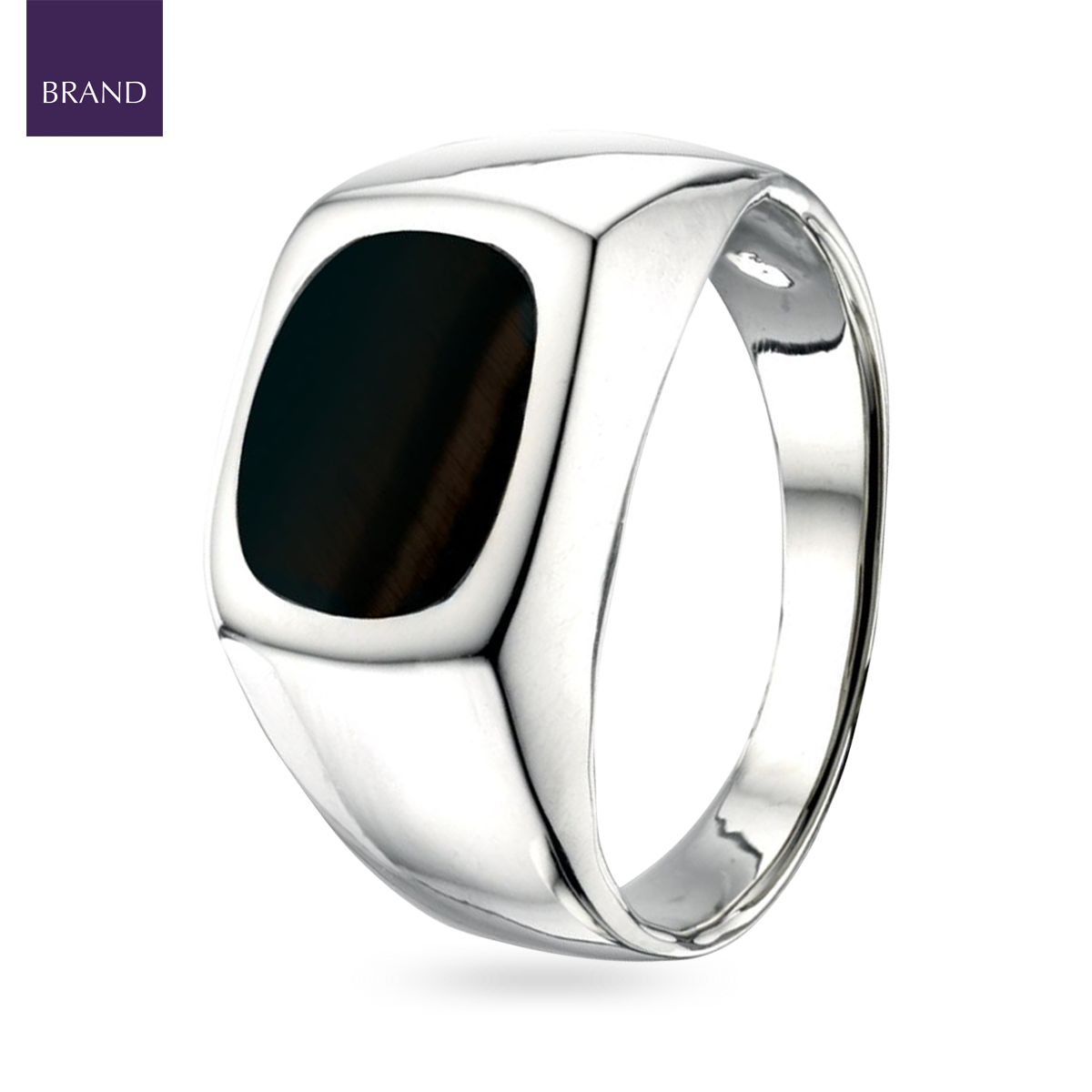
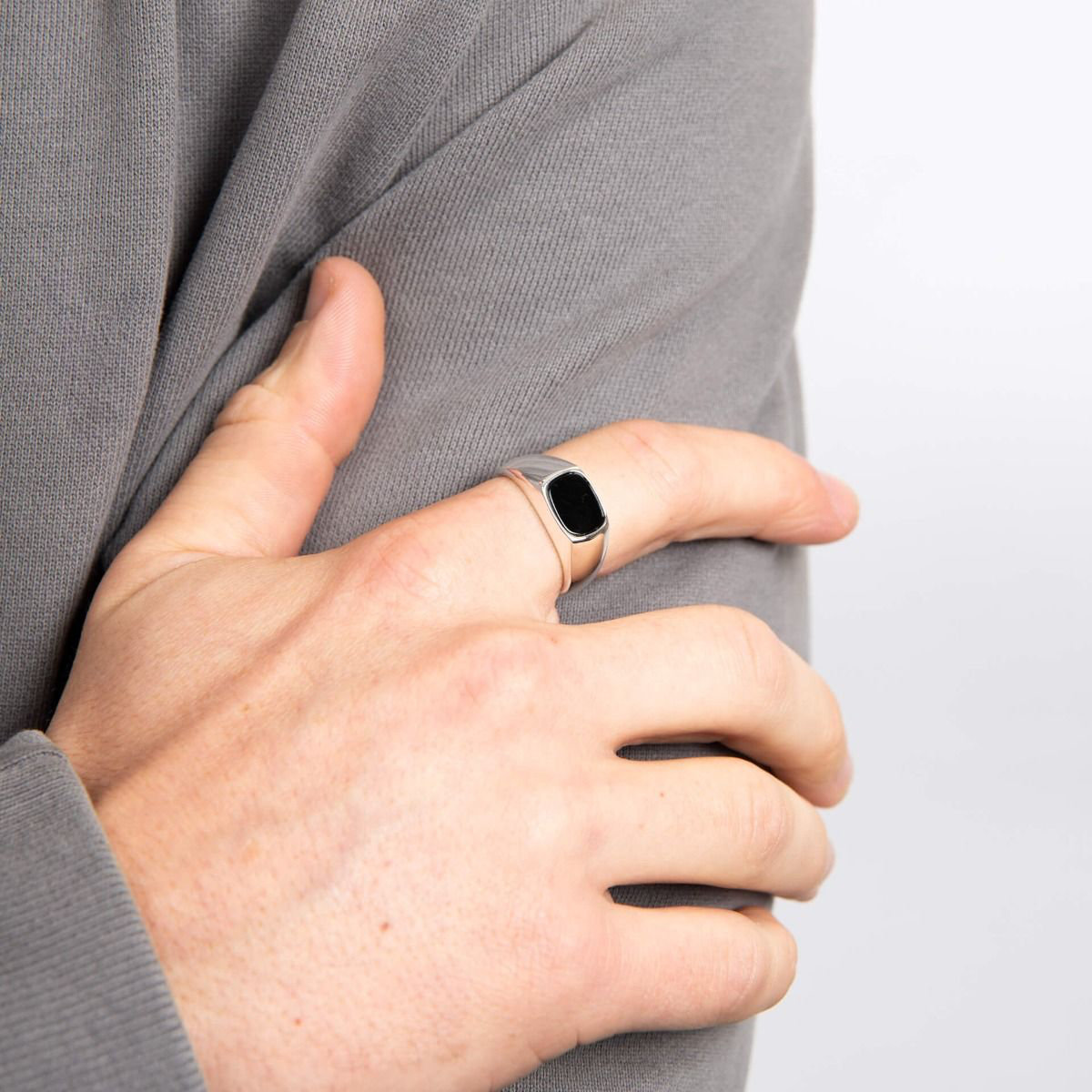

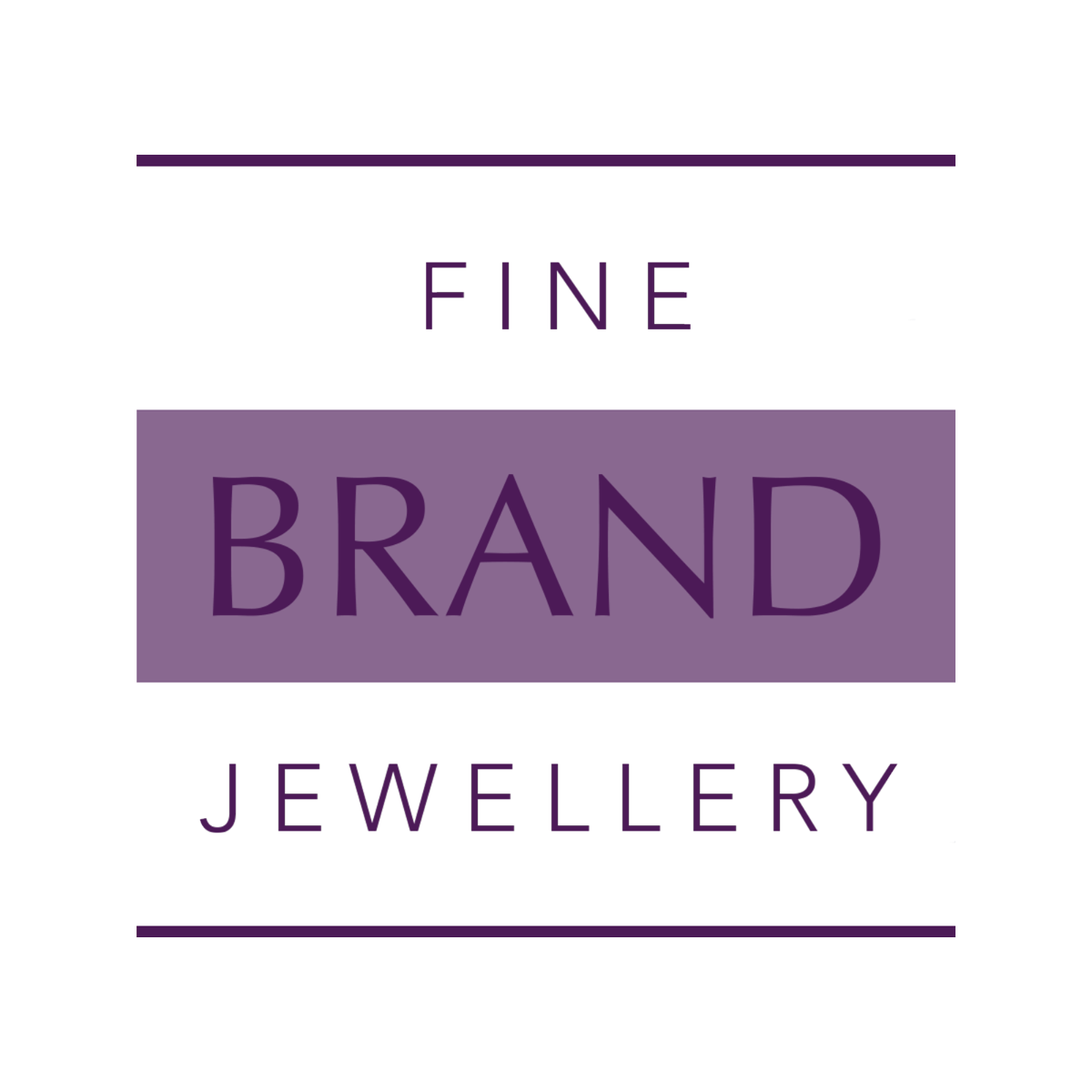
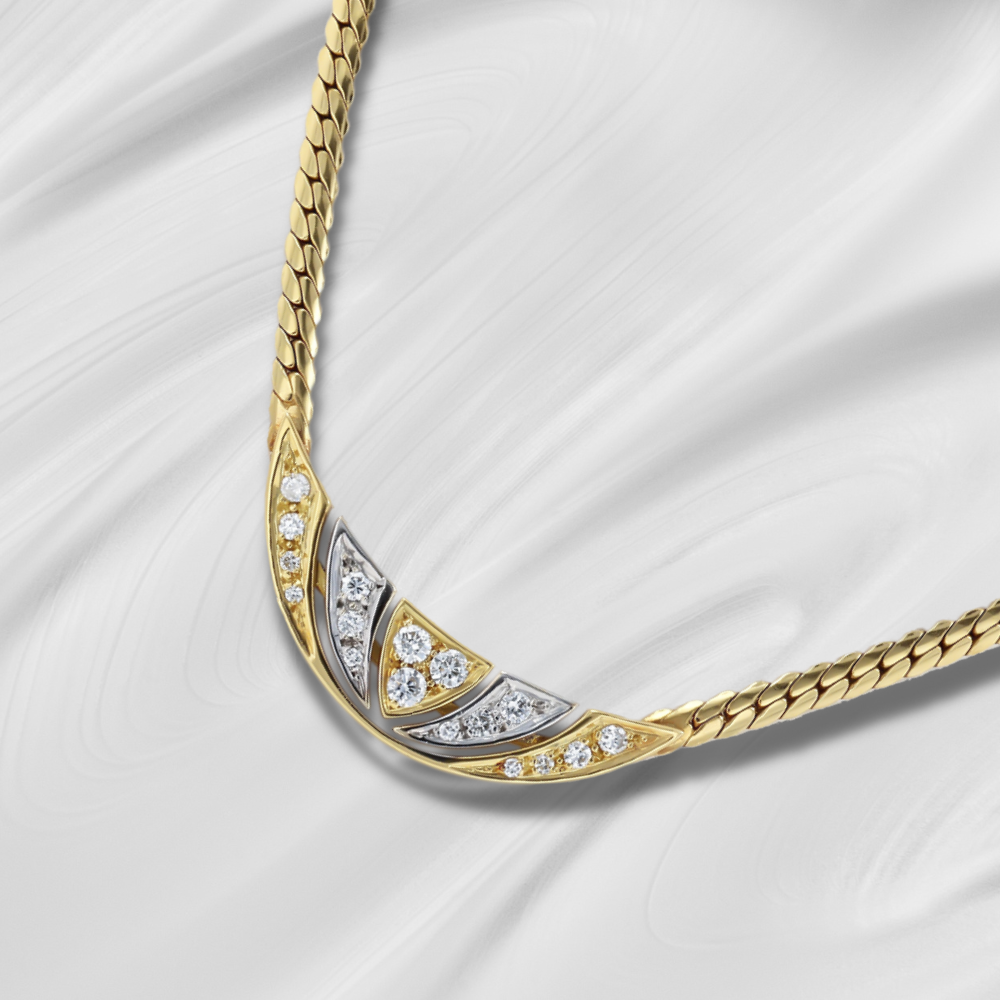

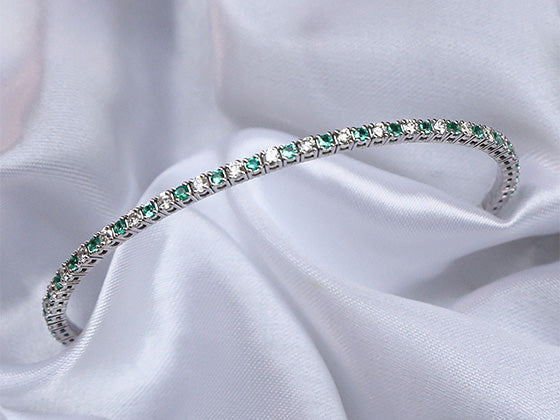

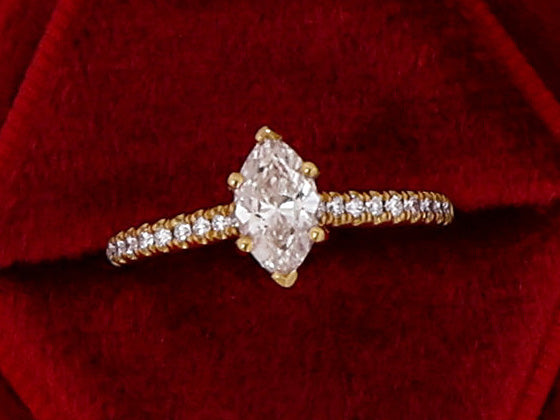
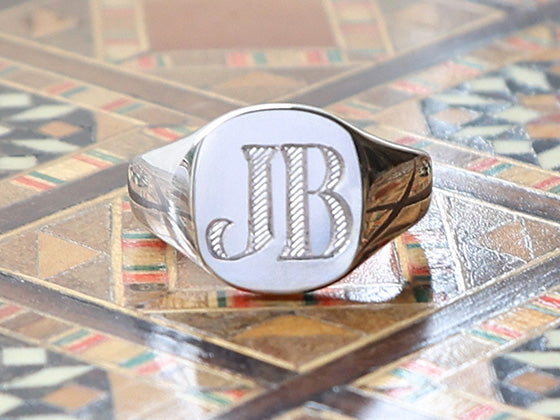
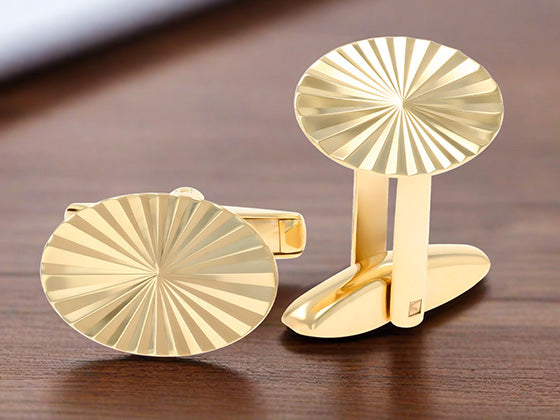
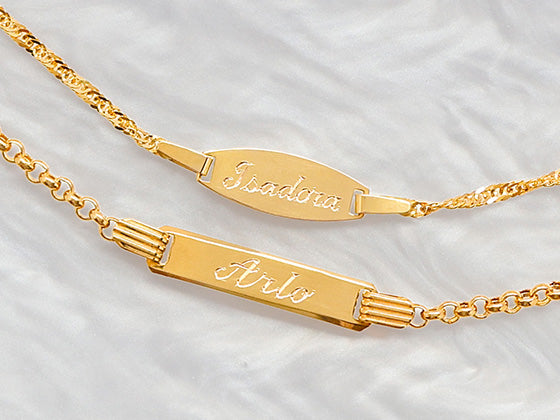
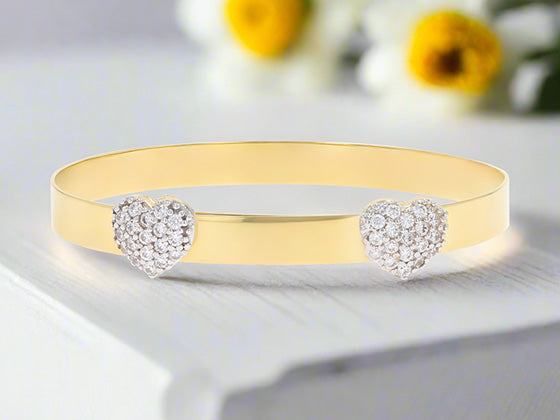
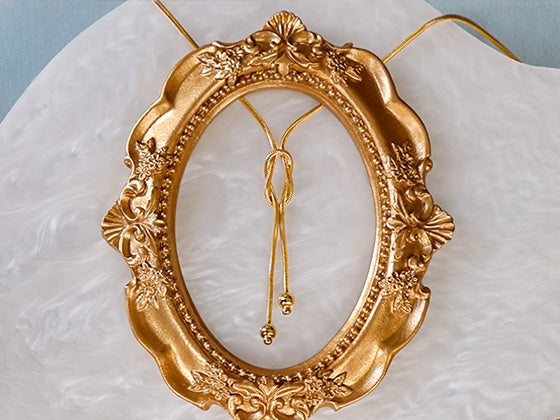
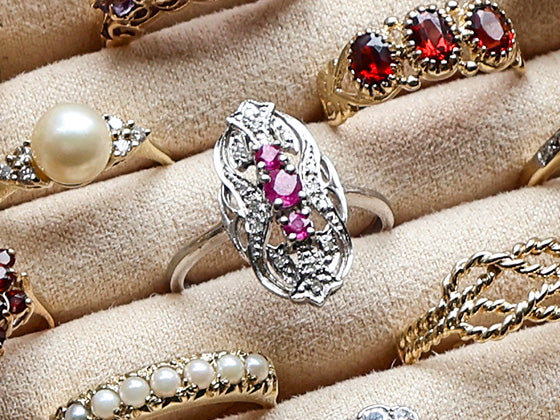
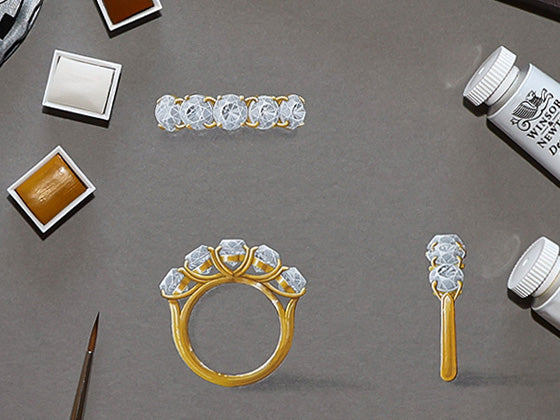
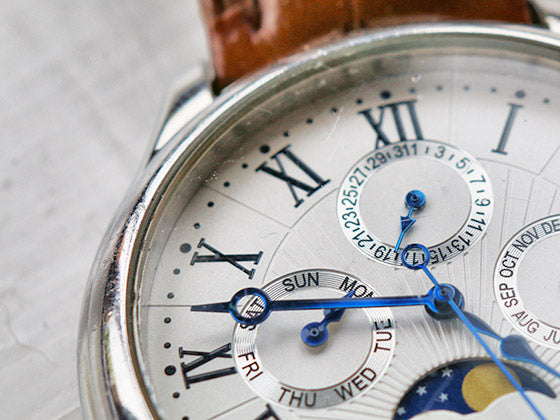
 Contact Us
Contact Us



